14
Apr / 10
Get a Grip, a Hook Grip
Categories: Olympic Weightlifting, Workout of the Day
posted by: Sean
In pulling lifts like the Snatch, Clean, and Deadlift our grip is the means by which we transfer the force generated by our muscles to the bar. If our grip fails, the lift fails. That’s pretty cut and dry, but as many of us may have encountered our grip is often times our weakest link. During a long met-con and on heavy lifts we need a consistent way to ensure our forearm muscles don’t fatigue as quickly while still hanging onto the bar through your sets. Enter the hook grip.
Ruth has eluded to the hook grip in her posts on the Clean and Snatch, but for those new to the gym and for those just staying up with the blog I’ll cover what it is, how to do it, and some advantages over the regular grip and the alternating grip often used for deadlifts. The hook grip is a tried and true technique used athletes ranging from young children to world class lifters to perform any type of pulling lift.
Here’s how to do it.
The hook grip has several advantages. The most important is the grip itself and stronger so it allows you to pull more weight off the floor. Coach Rippatoe himself stated that our brain senses when our grip fatigues and as a self-defense mechanism will not allow maximum motor neuron activation during the concentric phase (lifting the weight off the ground). Since the traditional grip is not as strong and fatigues much quicker than the hook grip, it only makes sense to start making the hook grip your preferred grip. At CF Intrepid we use the hook grip on all Olympic lifts (clean and snatch) no matter how much weight is on the bar, just to build good habits. A hook grip with the Olympic lifts is damn near essential since they are so explosive and so much force and transferred very quickly through our grip. I don’t want to be the poor soul to lose my grip while cleaning or snatching a heavy weight, and I know you don’t either.
The hook grip is also very useful for the deadlift. At CF Intrepid we like to use the deadlift and a grip strengthener so we tell our athletes to use a regular grip until they reach a weight that they begin to feel their grip slipping. At this point, you have two options: an alternating grip (one hand palm facing back, one hand palm facing front) or the hook grip. We allow athletes to choose between the two, but I will make a case to stick with the hook grip even with heavy deadlifts. The hook grip allows equal muscular development and some believe it better balances the load on your back. You don’t want to have one trap noticeably larger than the other do you? In my opinion, balance is the name of the game, and the hook grip allows you to bear the load in a more balanced way for the deadlift.
I sure have talked up the hook grip so far, haven’t I? The one drawback to the hook grip is overcome with practice and some time. The hook grip can be an uncomfortable position as we start working with it. It puts more pressure than we’re used to on our thumbs and the skin on the inside portion of the thumb tends to get raw from the knurling on the bar. I promise you that if you stick with it you will be able to grip heavy loads and do grip intensive met-cons with such ease that you’ll not want to go back to a regular grip unless it is to specifically build your grip strength. Also with some time the skin on your thumbs will adapt and get thicker in a way similar to how calluses form on our palms.
Give the hook grip a shoot and when you get past the initial discomfort you won’t be disappointed.
WOD 04.14.10
Back Squat 3×5
AMRAP 7
7 Hang Power Cleans
7 Burpees


 310.465.6565 |
310.465.6565 |
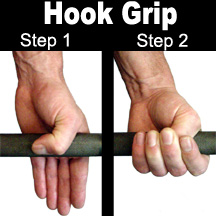
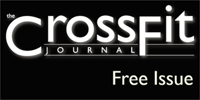



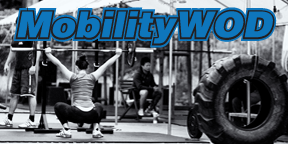






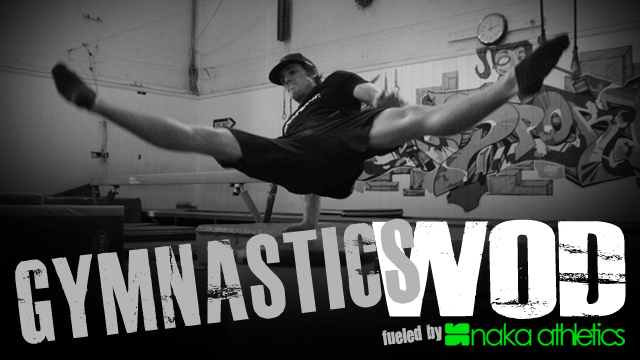




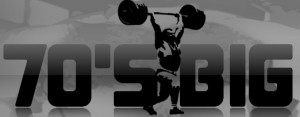


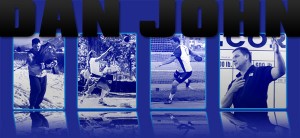
1 Response to “Get a Grip, a Hook Grip”
Cory Gillespie
April 14, 2010 at 9:09 AM
Hello CF Intrepid from way up North in Canada at CF Lethbridge. My name is Cory Gillespie and I am one of the coaches at CF Lethbridge. We met Sean and Ruth at a seminar at Catalyst and have been chatting back and forth. Ruth asked me to pop some fresh info your way from time to time. You have a great site loaded with tons of info. You are lucky to have the coaches you do as they are doing an amazing job for you. CF Intrepid looks like a great place to be. Here are a few thoughts on grip strength.
Grip strength is often a common problem for many athletes and training individuals. Most people with a gym background have spent countless hours using tools like straps or lifting hooks. Although these allow you to hang on to a weight easier they do nothing for developing strong wrists and an iron like grip. So you shake hands like a pansy eh? Well here are some things you can do to fix that.
Fingertips Exercises: Whether it is deadlifts or pull ups try changing your grip to holding the bar in your fingertips only. Find that last joint of the fingers and use that as a hook to grip the bar. Avoid trying to curl the weight into a closed hand when it gets hard and try to keep the weight in that open hand fingertip grip position.
Towel Chin Ups: Use a big fat fluffy bathroom towel to do your chin ups with. Roll the towel up and throw it over the bar. This will make it a narrow grip pull up. Or you can wrap the towel around the bar to be able to stay with the CF standard kipping pull up grip width. The fatter the towel the better. Because the towel will compress in your grip it will help with your ability to crush a weight and/or a bar.
Avoid Assistance Grip until neccesary: Whenever possible avoid grips that help with being able to hang on to the weight until it becomes neccesary to switch in order to continue to move the weight. Don’t confuse practicing hook and mixed grip with never using it as you will need them and you do need to get familiar and used to using them. Now this is a little tricky as both these grips will still help develop grip strength, but an over over grip will help more. In the early stages of movements like deadlifting you should use the over over grip until the weight gets to a point where you need to change it up. Cleans are cleans welcome to hook grip all the time.
Farmers Walk: Grab some heavy weight with big mean thick handles and go for a run with them. Although this will help strengthen your entire body, typically in a farmers walk its your grip that goes not your body that fails. Farmers cylinders on the cheap are 5 gallon filtered water jugs add sand to bring them up to weight.
Rolling Thunder & Captains of Crush: If you don’t know what these are then google it up. You can purchase a Rolling Thunder or Captain of Crush from Ironmind and they are worth their weight in gold.